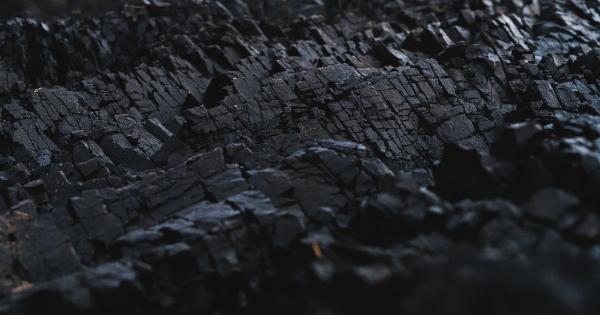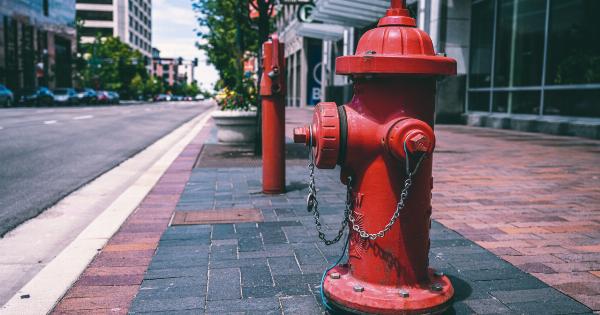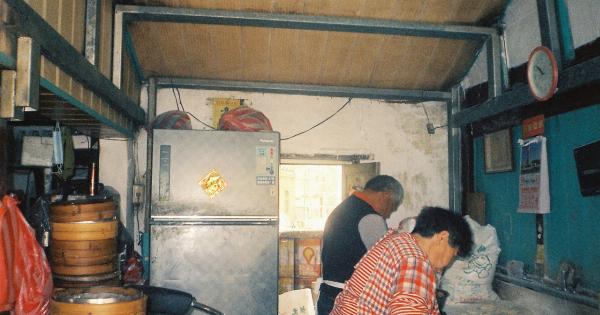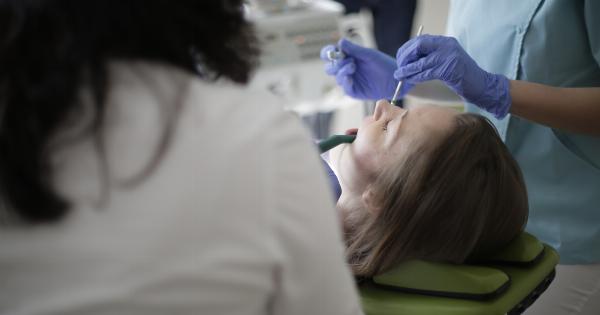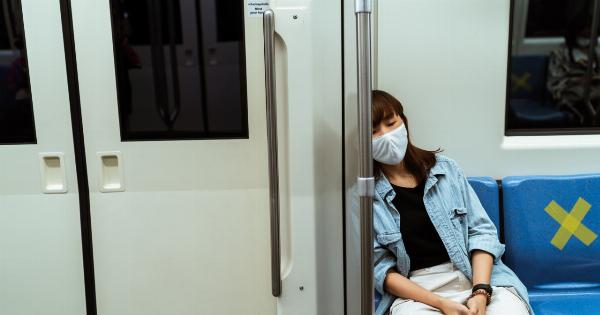Carbon monoxide (CO) is a colorless, odorless, and tasteless gas that is produced by the incomplete combustion of fuels. This gas can be found in fumes that comes from furnaces, gas stoves, fireplaces, and other sources.
Exposure to carbon monoxide can be deadly. It is estimated that about 400 people in the United States die every year from unintentional carbon monoxide poisoning, and thousands more are treated in emergency departments.
What are the signs of carbon monoxide poisoning?
Carbon monoxide poisoning can cause a range of symptoms that can vary depending on the level of exposure and the length of time exposed. Here are some signs of carbon monoxide poisoning you need to know:.
1. Headache and dizziness
A headache is one of the most common symptoms of carbon monoxide poisoning. It may occur along with dizziness or lightheadedness, which can make it difficult to perform everyday tasks. The headache can be mild or severe, and it may come and go.
2. Nausea and vomiting
Another common symptom of carbon monoxide poisoning is nausea and vomiting. This can be due to the gas irritates the stomach or because the brain is not getting enough oxygen due to the carbon monoxide.
These symptoms may worsen over time, and they can lead to dehydration and other complications.
3. Shortness of breath and chest pain
Carbon monoxide can also affect the lungs, causing shortness of breath and chest pain. This can be especially dangerous for people with pre-existing respiratory conditions or heart problems.
If you are experiencing difficulty breathing or chest pain and think you may have been exposed to carbon monoxide, seek medical attention immediately.
4. Confusion and disorientation
Carbon monoxide poisoning can affect the brain, causing confusion and disorientation. This can make it difficult to think clearly, remember things, or make decisions. You may feel like you are in a fog or have trouble speaking or understanding language.
5. Fatigue and weakness
Feeling unusually tired or weak can also be a sign of carbon monoxide poisoning. The gas makes it harder for the body to get the oxygen it needs, which can lead to muscle weakness and fatigue.
If you are feeling lethargic and unwell and suspect carbon monoxide may be the cause, seek medical attention right away.
6. Flu-like symptoms
The symptoms of carbon monoxide poisoning can sometimes resemble those of the flu. You may experience a fever, chills, or muscle aches, along with any of the other symptoms listed here.
This can make it difficult to know whether you are experiencing carbon monoxide poisoning or simply have a viral infection.
7. Loss of consciousness
In severe cases, carbon monoxide poisoning can cause you to lose consciousness. This happens when the gas reaches high levels in the bloodstream, which can lead to oxygen deprivation to the brain.
If you faint or pass out and suspect carbon monoxide may be the cause, seek emergency medical attention right away.
8. Cherry-red skin color
In rare cases, people who are exposed to high levels of carbon monoxide may develop a cherry-red skin color. This is due to a buildup of carboxyhemoglobin, a compound that forms when carbon monoxide binds with hemoglobin in the blood.
This is a medical emergency and requires immediate treatment.
9. Carbon monoxide detector alarms
While not a symptom of carbon monoxide poisoning, the sound of a carbon monoxide detector alarm can be a sign that you have been exposed to the gas. If your alarm goes off, evacuate your home or building immediately and seek medical attention.
10. Pets showing symptoms
Cats and dogs can be affected by carbon monoxide poisoning just like humans. Watch for symptoms such as lethargy, confusion, difficulty breathing, and vomiting. If your pet is showing any of these symptoms, seek veterinary care right away.
Conclusion
Carbon monoxide poisoning is a serious and potentially deadly condition. If you suspect that you or someone else has been exposed to carbon monoxide, seek medical attention immediately.
Remember to install carbon monoxide detectors in your home or workplace, and have your heating and ventilation systems inspected regularly to ensure they are working correctly. By being aware of the signs of carbon monoxide poisoning, you can help protect yourself and your loved ones from this silent killer.

